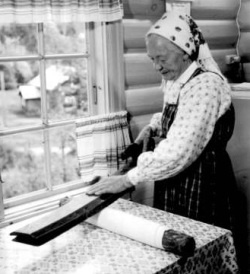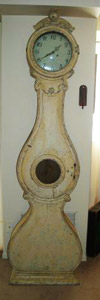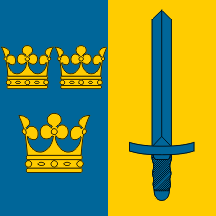Norwegian Mangle Board
I have heard of numerous uses for the mangle board. A bed smoother, used for ironing clothes, as gifts. A lot of the more decorative boards were carved by men as ‘love tokens’ for their lady friends. It is said that the man would leave the board outside his sweethearts door at night and if it was gone in the morning he knew she was saying yes to his offer of marriage.
One of the boards in our inventory is Norwegian and it is fairly rare because of the lion handle. It seems that the horse is the Swedish emblem while the lion is Norwegian. Here in Canada it would be the beaver or in the United states, the American eagle.
I have attached a picture of a Norwegian lady using a mangle board for ironing. They had a rolling pin and around it they would wrap tightly their laundry then roll it with the board.
The mangle board fits into the folk art category because of the chip carving and paint. There are some boards that are extremely well carved and this makes them rare and valuable. Hanging them on a wall adds a nice decorative touch to any room.


